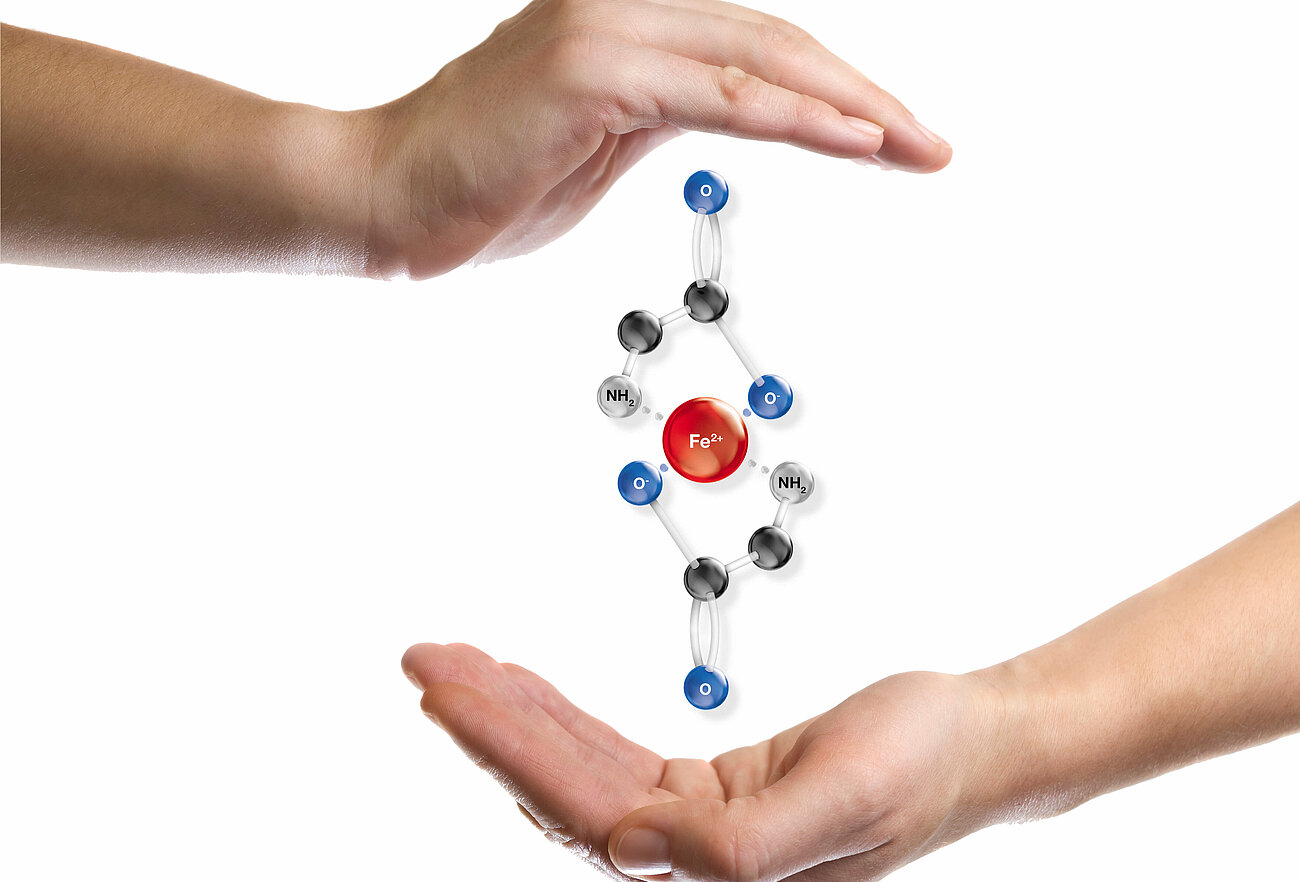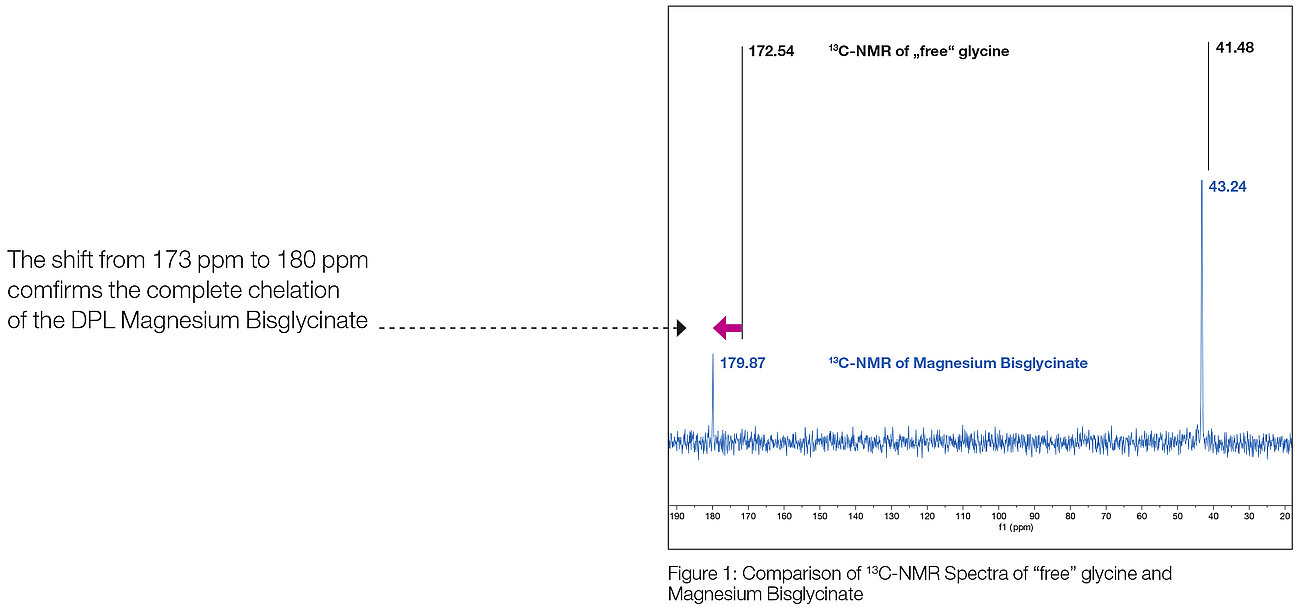Close Menu
© 2025 Dr. Paul Lohmann GmbH & Co. KGaA
Our LomaChelateX® Mineral Bisglycinates are a class of real-chelated minerals that have gained significant attention in the world of nutrition and health due to their unique properties and potential benefits to the body. Chelated Minerals are compounds in which a ligand, typically an organic molecule, effectively surrounds and "grabs" a free metal ion through multiple coordination bonds. LomaChelateX® Mineral Bisglycinates consist of a mineral ion bound to two molecules of the amino acid glycine, forming a ring-like structure with the mineral ion at the centre. This unique structure results in a highly stable compound with strong covalent bonds between the mineral ion and the ligand glycine. Moreover, the chelate structure protects the metal ion from unwanted reactions which ensures effective absorption of the mineral and less gastro-intestinal side-effects.


Glycine acts as a “protective shield” in an amino acid chelate where the metal ion is surrounded by two glycine molecules. This unique structure protects the metal ion from unwanted interactions with other compounds such as inhibitors like phytates or other nutrients, ensuring the product´s shelf-life and stability. Additionally, it helps to pass gently through the stomach and into the intestine where it is digested. The release of the metal ion in the intestine ensures optimized absorption, bioavailability and reduced gastrointestinal side effects.
Mineral Bisglycinates, also known as amino acid chelates, are considered "fully reacted," meaning that the mineral ion is completely bound to the ligand glycine in a 1:2 ratio. Why is that important? Only fully reacted Bisglycinates are real chelates and offer the substantial advantages.
All our LomaChelateX® Mineral Bisglycinates are proven true amino acid chelates. With our sophisticated production process, we ensure the production of fully reacted chelates. The chelation is verified with various analytical technologies. Bound glycine and unbound glycine can be distinguished for example by Fourier-Transformation infrared spectroscopy (FT-IR) and nuclear magnetic resonance spectroscopy (NMR). Exemplary the results of NMR are shown.

Free glycine and chelated glycine show different carbon signals in 13C-NMR spectroscopy. The signal of free glycine is shifted from 173 ppm to 180 ppm for Magnesium Bisgylcinate. Complete chelation can be confirmed as the signal from free glycine at 173 ppm is no longer present.

Interested in the use of Ferrous Bisglycinate as API? We offer Ferrous Bisglycinate with pharmaceutical documentation - the first manufacturer in the world to do so. Because of its high bioavailability and excellent tolerability, Ferrous Bisglycinate is an ideal API for the treatment of iron deficiency anaemia particularly for pregnant women.
| Product | CAS No. |
| Calcium Bisglycinate | 35947-07-0 |
| Copper(II) Bisglycinate | 13479-54-4 |
| Ferrous Bisglycinate | 20150-34-9 |
| Ferrous Bisglycinate DC 100 | 20150-34-9 |
| Magnesium Bisglycinate | 14783-68-7 |
| Manganese(II) Bisglycinate | 14281-77-7 |
| Zinc Bisglycinate | 14281-83-5 |

Sample Request
Product Finder
Contact